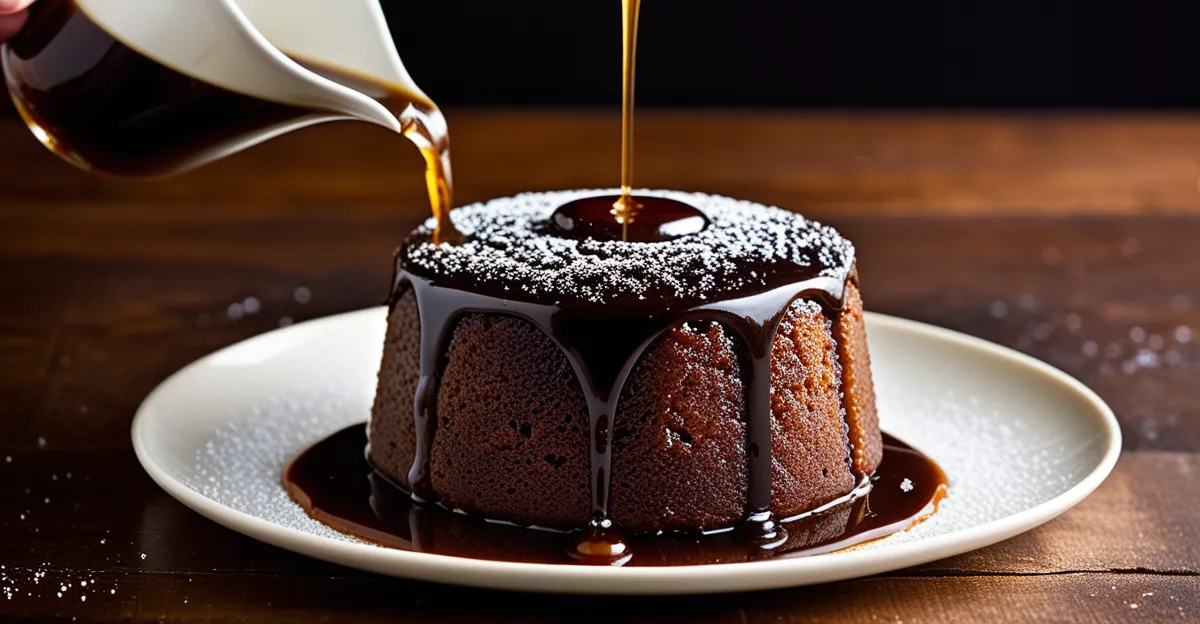Ensuring the Perfect Sticky Toffee Pudding Texture
Achieving the perfect sticky toffee pudding texture hinges on mastering both the pudding batter and the sauce consistency. The ideal consistency for the batter is thick yet smooth—thick enough to hold shape but still pourable. When mixing, use a wooden spoon or spatula to fold ingredients gently until uniform; overmixing can deflate the batter, resulting in a dense, heavy pudding rather than a moist, tender one.
Visual cues for the pudding batter include a glossy surface and the absence of lumps. Tactile cues are equally important: the batter should slowly drip off the spoon but not be runny. When baking, look for a golden-brown top that springs back lightly when pressed. If it feels too firm or dry, it may have overbaked, compromising the coveted texture.
Additional reading : How do you bake the perfect scones for a British cream tea?
The pudding sauce consistency should be luscious and slightly thickened—coating the back of a spoon without running off immediately. Sauce that’s too thin won’t cling, while overly thick sauce can overpower the dessert. To troubleshoot common mistakes, if the batter is too runny, reduce liquid quantities slightly. If the pudding is too dry, ensure you’re not overbaking and your dates contribute enough moisture.
By monitoring these cues, you ensure your sticky toffee pudding texture delights every time.
This might interest you : How do you make a traditional Welsh rarebit from scratch?
Key Ingredients and Ratios for Consistent Results
Precise ingredient ratios for pudding are crucial to achieving the perfect sticky toffee pudding texture. The balance between flour, sugar, eggs, and dates determines the batter’s structure and moisture. Typically, a denser flour proportion helps the pudding hold together while enough sugar and dates provide sweetness plus moisture to avoid dryness.
Accurate measuring plays a pivotal role in consistency control. Using weight rather than volume for ingredients like flour and brown sugar ensures repeatability. Eggs add richness and leavening—generally, one egg per cup of flour is a reliable rule.
Dates contribute significantly to moisture content; their natural sugars and fiber maintain softness, preventing the pudding from becoming dry or crumbly. Soaking chopped dates in warm water or tea before mixing enhances this effect, infusing extra moisture and tenderness.
Balancing wet and dry ingredients affects the pudding batter’s viscosity—too much liquid results in a runny batter prone to collapsing, while too little yields a dense, dry crumb. Starting with moderate liquid, adjusted by the soaked dates’ moisture, helps maintain the ideal consistency.
Constant attention to these ratios and moisture sources ensures the pudding achieves a tender crumb with enough firmness to hold its shape, forming the foundation for a flawless sticky toffee pudding texture.







